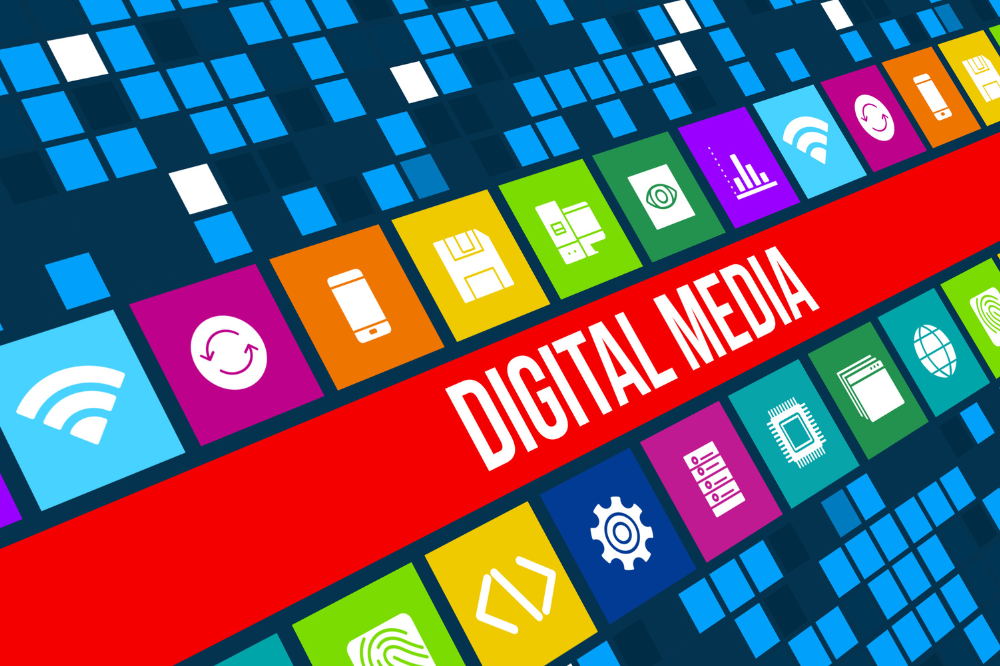The broadcast streaming landscape is a dynamic environment. How has the explosion of rival streaming services affected the TV audience landscape? Here’s what you need to know.
The Impact on audiences – based on Ofcom’s Media Nations Report 2019
- Across all age groups, the number of minutes of live TV being watched has dropped in the last few years, whilst minutes of YouTube and SVOD have increased.
But, despite this change, broadcast TV still dwarfs other video channels in terms of number of minutes watched per day: 163 minutes of live TV a day compared to 34 minutes of YouTube or 26 minutes of SVOD.
- So live TV remains the dominant video platform that people choose to spend their time watching.
- However, when we look at specific age groups, The Media Nations Report also shows that older people’s viewing remains relatively stable (65+), but younger people are watching significantly less broadcast.
The four and a half hours of total video content watched by 16-34s includes three main components: Live TV (83 mins); YouTube (64 mins) and SVoD (52 mins). For the youngest adults (aged 16-24), the most-watched platform is YouTube (73 mins).
- Viewers are broadly satisfied with the quality of broadcast TV, but increasingly see video on demand as the main way to watch TV and film.
- The fall in broadcast viewing does not appear to be caused by negative sentiment towards broadcast TV.
- More than half of adults feel the quality of broadcast TV programmes has remained the same over the past year, and a further 21% think it has improved.
- But 42% of adults consider online video services to be their main way of watching TV and film, and 38% of SVoD users can imagine not watching broadcast TV at all in five years’ time.
- YouTube is a major part of total video viewing and total online time.
- Twelve per cent of all time spent watching video, and 13% of all time spent online by adults, is spent on YouTube.
- Young adults (16-34s) spend over an hour on YouTube per day, and almost all adult internet users watch YouTube videos.
- Whereas most viewing of SVoD is on television sets, a smartphone is the most commonly used device for watching YouTube.
- There are considerably more SVoD subscriptions than pay-TV subscriptions. Subscriptions to traditional pay-TV services (such as Sky, Virgin Media, BT and TalkTalk) totalled 14.3 million in Q1 2019, whereas the total number of subscriptions to Netflix, Amazon Prime Video, NOW TV reached 19.1 million (up from 15.4 million in Q1 2018). This is in part because many households take more than one SVoD subscription.
Implications for Advertisers
As a result of the above, there are several implications for advertisers:
- The severity of the impact of subscription services will depend on the age of the audience you are targeting:
- For older audiences, linear TV is still an effective way of achieving high levels of reach. Moving forward, as younger cohorts become the older audience and are heavier users of streaming platforms, we may need to supplement live TV with other video platforms (using content possibly based around interests).
- For younger audiences, linear TV is becoming progressively more ineffective at reaching them, but YouTube and broadcaster VoD can be effective ways of delivering reach.
And whilst the impact of VoD can be hard to attribute (as it is more of an awareness tool), YouTube now has more DR formats which means it can be used for both awareness and direct response.
On video-sharing platforms, the traditional TV ad is being replaced with shorter form ads and ad-funded content so the creative on these platforms needs to be appropriate.
At the same time, however, addressable TV enables advertisers to be more precise in who their TV ads are shown too, so even if fewer people in your target audience are watching linear TV, you can ensure that only people in that target audience see your ads. Whilst this comes at a premium, it is counter-balanced by the reduction in wastage.
And furthermore, it is possible to target viewers who are watching ad-free services with display advertising on connected devices tethered to the same IP address as the smart TV.
And finally, as digital out of home becomes more sophisticated in its targeting and cinema continues to be a key channel for younger audiences, we are likely to see at some point in the future, traditional TV budgets being diverted from linear TV into these alternative broadcast channels.






